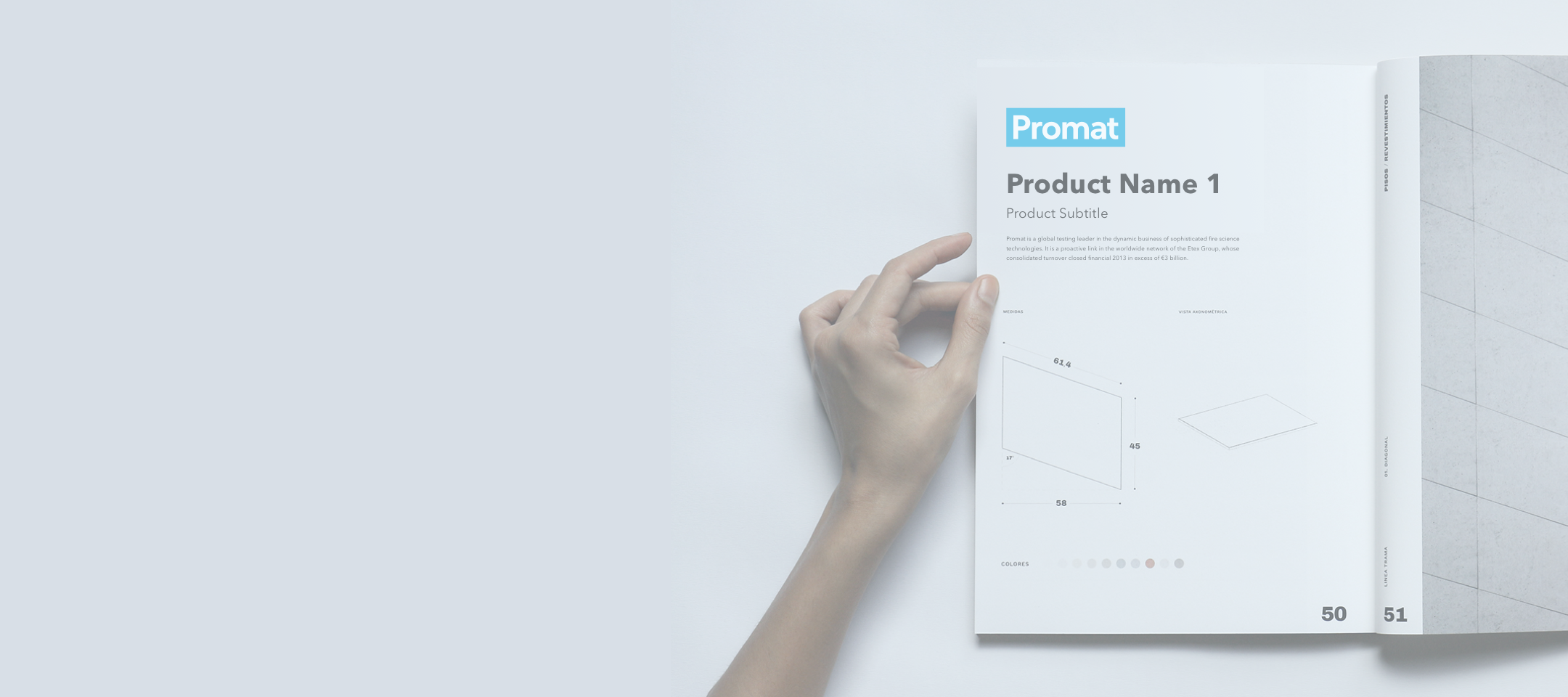
Steel is strong. But under fire conditions - it’s vulnerable.
When temperatures rise, steel rapidly loses its structural integrity. Entire buildings are at risk. Fire protection is not an option, it’s essential.
Specifying the right fire protection solutions is where the complexity sits. Conflicting regulations and complex design interfaces create a web of challenges for specifiers.
1. Specifying the right board in the first place
The knack with protecting steel from fire is to get precise. Boards come in different thicknesses, with different levels of resistance, for different amounts of time. How do you determine which is right?
That depends on fire resistance periods, steel sectioning factors, and the limiting temperatures. Choose wrong and you may over engineer. Or, much worse, under-protect.
2. Finding the limits of testing standards
Testing standards define fire resistance for steel protection. But real-world conditions rarely match lab test scenarios. Standard tests cover specific configurations – so many architectural designs may sit outside their scope. New regulations place greater design responsibility on architects – compliance may be harder to see.
The solution is to ensure early engagement with fire protection specialists who can assist with interpreting and applying test data to specific designs.
3. Conflicts with compartmentation
Compartmentation is absolutely crucial in a fire strategy. But structural steel runs may run through compartment lines, adding additional layers of complexity. The correct fire protection for steel will aim to keep temperatures within the boundary of a safe limit, but compartmentation rules look at prevention of spread of flame. Regulations may conflict, and test standards may be unclear. A fully tested board solution may provide a safe bet.
4. Partition interfaces
Steel structures do not exist in isolation. They are integrated within other elements of the building. Namely the walls – yet another tricky challenge. Interfaces meeting the due fire resistance requirements must accommodate for movement, difference in fire ratings, and fire stopping. Test standards do not extend to these specific interfaces, but it’s important to stick as closely to tested solutions as possible.
5. Nonstandard protection requirements
Not all projects were created equal. Some will require unique solutions. Large beams and partial exposures may not fit into standard protection models – but custom designs may not fall within test standards. In the absence of a tested approach, lean on the expertise of manufacturers third-party assessments to find compliant solutions.
6. Brackets and fixings
There are steel elements to buildings beyond beams and columns. Brackets and fixings are also often steel – and often week points. They must be tested for fire exposure, and chosen solutions
Steel protection doesn’t stop at the beams and columns. Brackets, fixings, and other connections need to be accounted for, and failing to properly integrate them into fire protection systems can create weak points. Structural fixings must be tested for fire exposure, and material selection must take into account issues like transfer of load.
And the next step?
Challenges when specifying structural steel protection are undoubtedly complex. But impossible they are not.
The trick to overcoming them is who you work with. These challenges are niche, and the solutions are nuanced. Architects don’t need to know them so long as we do.
We’ve covered a lot of challenges here, but if you’ve read this far, what you need is a solution. We’ve got several. Our guide covers them all. Download it here.

